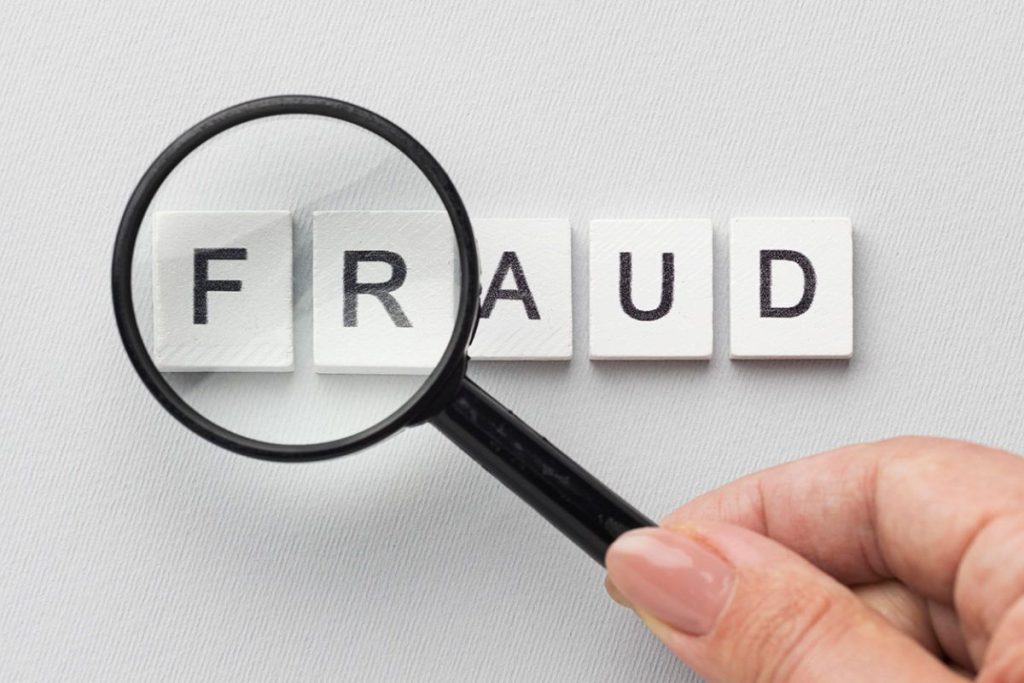Introduction:
Transactions declined due to suspected fraud are a common issue in online payments. These declines happen when financial institutions flag legitimate transactions as fraudulent based on automated fraud detection algorithms. While these systems are crucial in preventing unauthorized transactions, false declines—when legitimate payments are blocked—lead to lost sales and frustrated customers. This article will break down the causes, impact, and prevention of suspected fraud declines while offering practical solutions for consumers and merchants.
What is Suspected Fraud in Transactions?
A suspected fraud decline occurs when a transaction is flagged by fraud detection systems due to suspicious activity. These systems analyze transaction data to identify irregular patterns. Factors like unusual spending amounts, purchases in unfamiliar locations, or sudden spikes in transactions trigger these flags. Visa reports that fraud detection algorithms block over 15% of all e-commerce transactions, with up to 70% of those being false positives, meaning legitimate transactions are mistakenly flagged as fraud.
Common Scenarios Leading to Suspected Fraud Declines
- Unusual Purchase Patterns – Transactions that deviate from normal spending behavior, such as a high-value purchase after a series of smaller transactions.
- Geographical Mismatch – Purchases made from a location that differs from the cardholder’s usual location.
- Multiple Rapid Transactions – Several high-value purchases in a short time period, often seen during holiday shopping.
False Decline Statistics Across Industries
| Industry | False Decline Rate (%) | Average Transaction Value Declined |
|---|---|---|
| E-commerce | 12% | $120 |
| Travel & Hospitality | 18% | $450 |
| Retail | 10% | $80 |
| Financial Services | 15% | $200 |
Impact of False Declines on Merchants and Consumers
False declines cost businesses billions annually in lost revenue and customer dissatisfaction. Visa estimates that 20% of customers abandon a purchase after a false decline, leading to over $100 billion in lost sales annually. The operational costs of handling these declines—through customer service calls and reprocessing—add further strain on businesses. Additionally, the reputational impact can lead to permanent customer loss.
Cost Implications for Merchants:
- Revenue Loss – Missed sales from blocked legitimate transactions.
- Operational Costs – Addressing customer complaints and reprocessing fees.
- Reputation Damage – Customers may avoid merchants with frequent false declines.

Fraud Prevention Systems Causing Declines
Fraud prevention tools are vital but also a primary cause of false declines when overly cautious.
Technologies Leading to Suspected Fraud Declines:
- 3D Secure Authentication – This system requires additional verification from the cardholder but can cause friction in the user experience, leading to false declines if not handled well.
- Machine Learning Algorithms – These systems use real-time data to analyze patterns, but over-sensitive models often flag legitimate transactions.
- Geolocation and IP Monitoring – Transactions from unusual locations trigger fraud alerts.
| Fraud Detection Tool | False Decline Reduction (%) |
|---|---|
| Machine Learning & AI | 25% |
| Biometric Authentication | 30% |
| 3D Secure | 20% |
Merchanto.org, an official partner of Visa and MasterCard, offers solutions to reduce these false declines by helping businesses implement smarter fraud detection tools and optimize chargeback prevention strategies. Visit Merchanto.org for more details on how to reduce false declines.
How to Prevent Declines for Suspected Fraud
Consumers and merchants can reduce the likelihood of suspected fraud declines by taking specific actions.
For Consumers:
- Notify Your Bank of Unusual Purchases – Inform your bank before making large or international purchases to avoid triggering fraud flags.
- Keep Card Information Updated – Ensure card details, such as expiration dates and billing addresses, are current.
- Monitor Spending Habits – Keep track of your transaction history to recognize and report any irregular activity.
For Merchants:
- Smarter Fraud Filters – Use fraud detection tools that can better differentiate between legitimate and fraudulent transactions.
- Optimize Payment Gateways – Choose payment gateways that offer real-time transaction monitoring and multi-factor authentication.
- Collaborate with Payment Processors – Work with platforms to optimize fraud prevention systems.
| Prevention Measure | False Decline Reduction (%) |
|---|---|
| Notifying Bank (Consumer) | 10% |
| Multi-Factor Authentication | 20% |
| Real-Time Monitoring | 15% |

Trends in Fraud Detection
As e-commerce continues to grow, the need for more accurate fraud detection methods increases. The use of predictive analytics and artificial intelligence is becoming more prominent in fraud detection systems. These technologies help reduce false declines while maintaining robust fraud prevention.
Emerging Fraud Detection Technologies:
- Predictive Analytics – Predictive models analyze transaction data in real time to identify fraud patterns more accurately.
- Tokenization – Replacing card information with digital tokens during transactions, which prevents sensitive data from being exposed.
- Biometric Verification – Tools like facial recognition and fingerprint scans reduce fraud while minimizing the risk of false declines.
Tokenization Implementation
Tokenization is one of the most effective tools in reducing both fraud and false declines. MasterCard reports that tokenized transactions are 80% less likely to be declined due to suspected fraud because the sensitive data is protected by replacing card numbers with unique tokens.
Conclusion
Suspected fraud declines are a challenge for both consumers and merchants, but they are not insurmountable. By implementing smarter fraud detection systems, optimizing payment processes, and educating both parties on best practices, false declines can be significantly reduced. Merchants should invest in more sophisticated fraud filters, while consumers should stay proactive by updating their payment details and notifying banks of unusual activity.
This article provides a clear understanding of why suspected fraud declines occur and how to prevent them. By following these practical steps, both consumers and businesses can navigate the challenges of fraud detection systems and reduce the frequency of false declines.



